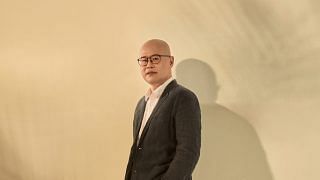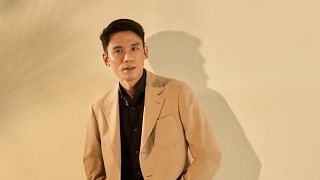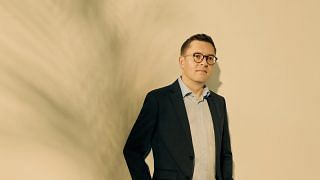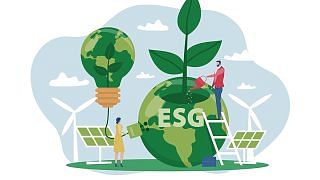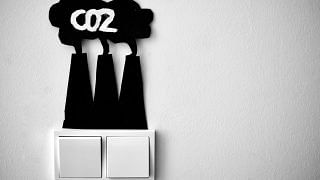DIRECTOR
YEAR JOINED: 1990
WHAT HE DOES: Champions DP Architects’ sustainable design programme.
[dropcap size=small]A[/dropcap]s a child growing up on a farm, Wu Tzu Chiang came into the tools of his future trade while helping his father build sheds for pigs. But it wasn’t his adeptness with the hammer and saw that propelled him into architecture. Rather, it was an appreciation for things that were well-designed, says the 60-year-old director at DP Architects. That sensibility would come to encompass green architecture but Wu – whose career has spanned more than 30 years, the last 28 of which were at DP Architects – has more complex criteria than most to evaluate sustainability.
“Green design has gained a lot of publicity in the past decade but, as architects, we learn the basic need to be green,” Wu says, adding that HDB buildings in the early days were always lined up to be north-south facing. “It’s green in the sense that if you orientate a building west, you will face the sun and will need to cool the building down. Air-conditioning or sun-shading devices will be used more, resulting in more construction materials used, which is not very green. These are basic things that we learn from the beginning.”
Thus, in the late 1990s, even before the Building & Construction Authority (BCA) handed out awards for sustainable design, the National University of Singapore alum worked on a system at Suntec City to harvest rainwater to irrigate the complex’s vast landscaped areas.
Recognition for his achievements came in 2015, when he won the BCA-SGBC Green Building Individual Commendation Award. The honour is given to outstanding local and international professionals who have championed sustainability through design, construction or building management. Wu’s projects have received several BCA Green Mark Platinum awards, the highest rating after criteria such as water and energy efficiency, environmental protection and indoor environmental quality have been assessed. His developments include Nanyang Polytechnic, 368 Thomson, H2O Residences at Sengkang and the first zero-energy gallery in Singapore, CDL Green Gallery @ SBG Heritage Museum.

It helps that the firm created a division five years ago to analyse and apply the science of sustainability. “We felt that it was necessary for us, as architects, to be responsible for the environment,” says Wu. “DP Sustainable Design (DPSD) supports the entire group so we can have the tools and knowledge to design sustainably.”
The department, of which Wu is advisory director, has co-created a programme called Nimblesim that can automatically generate simulations of how a building will react to its environment, allowing designers to address issues such as solar radiation and daylighting. Currently, DPSD is working with ST Engineering on the potential applications of an innovation, developed by the latter, that can cool the environment to as low as 24 deg C with just water, without air-conditioning.
Still he is cautious about using the word “green” to describe a building. A big house may have green features, he says, but if only two people live there, even the most energy- efficient air-conditioning system will not be optimally used. Conversely, a complex without many green features can still make for effective land use because there is high density. “So the measure of how it affects people, the population at large, is something we have to look at,” says Wu.
He drops the concept of biophilic design, which is the idea that people are healthier and happier when surrounded by nature. “My current design attitude is to make nature part of the architecture,” he says. “Vegetation also helps to cool down a building. All the planting that Singapore has done has made it slightly cooler. Without it, we’d be a big heat sink.”
IN 60 SECONDS
When people think of me, I want them to think I’m not pretentious.
If I were a building, I’d be a HDB flat.
An antidote to a bad day: I take out my guitar. I’m learning to play.
Return to The Power List
Browse previous Power Lists:
CLOTHES SILK BLAZER & WOOL SWEATER, FROM BOSS. THE REST, WU TZU CHIANG’S OWN





